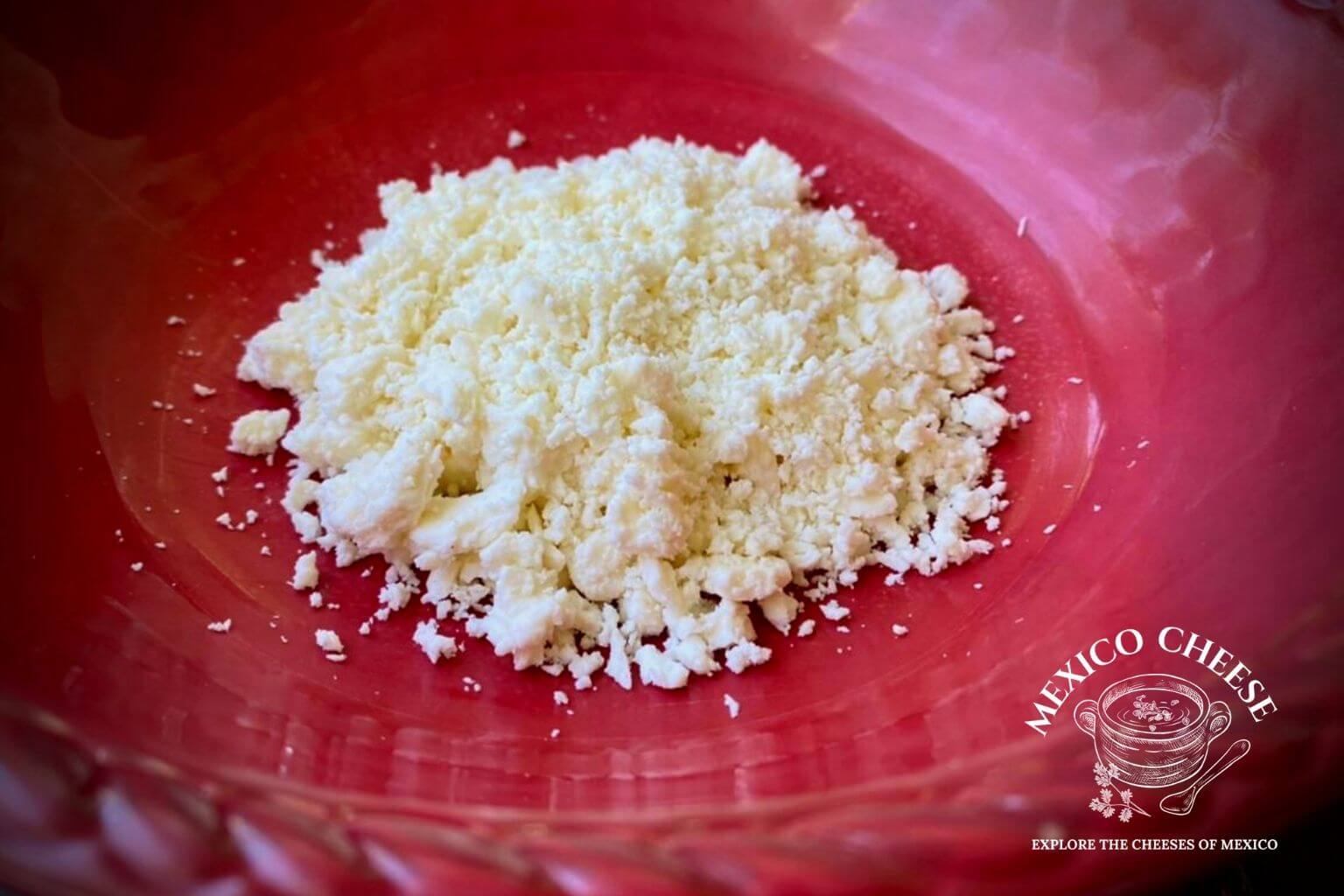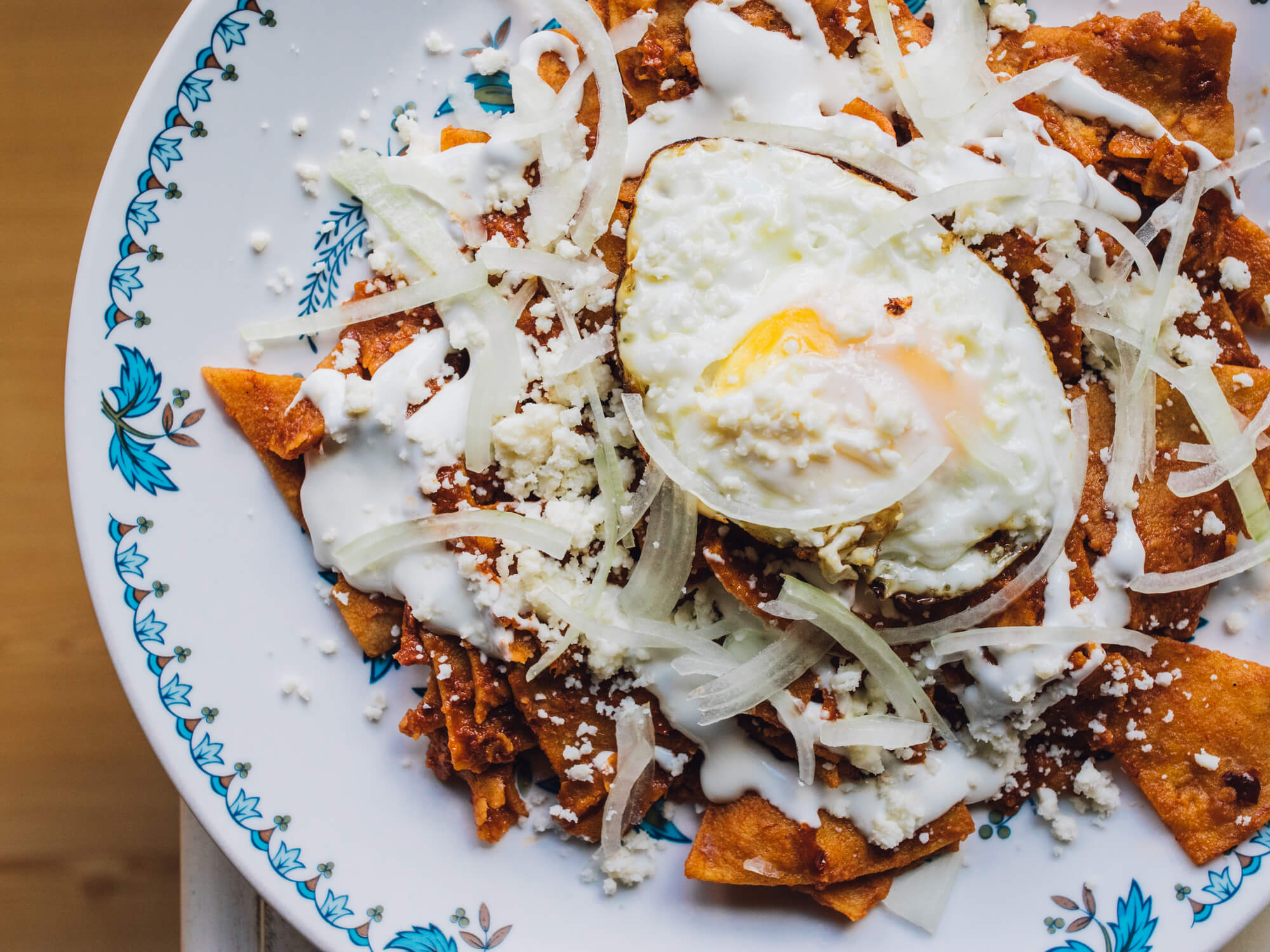Cotija vs Queso Fresco – All you need to know about these two iconic Mexican cheeses
Contents
Cotija and Queso Fresco are two of the most used cheeses in a Mexican household. They are both white and crumbly and one may easily be mistaken for the other. While Cotija and Queso fresco fall into completely different categories of Mexican cheeses, they are often used interchangeably in some dishes.
Let’s learn more about these two popular Mexican cheeses and how each can bring out the best in your cuisine.
What is Cotija?
Cotija (pronounced koh-TEE-hah) is a firm, white flavorful cheese that originated 400 years ago in the town of Cotija de la Paz in the State of Michoacan. While Cotija cheese originated in Michoacan, there are other recognized variations of this cheese that are being produced in Chiapas, Jalisco and Queretaro.

Cotija falls into the category of Mexican “aged cheese” and must mature from 100 days up to one year or more. In all forms, it is considered an aged cheese but you can use it in varying states of maturity.
Cheese labeled, “Fresh Cotija”, is not actually a Mexico fresh cheese. It has just been aged for less time, generally just over 3 months. When Cotija is fresh, it will be firm and slightly moist. It is easy to crumble and break off into chunks. Either a mild feta cheese or ricotta salata would be a reasonable alternative for Cotija in most recipes.
Cotija cheese was traditionally made from raw cow’s milk but today, pasteurized versions of this cheese are easy to find. It is salty and tangy and the perfect complement to hundreds of Mexican dishes. Fresh Cotija cheese can be crumbled easily by hand. It will break apart into nice, savory chunks which you can then sprinkle onto fresh salads, soups or beans. For different ways to use cotija, click here
Aged Cotija has been aged up to a year or more and is comparable to aged Italian cheeses. The additional aging time gives the cheese an earthy quality and intensifies the salty flavor. Aged Cotija, as you would expect, is harder and drier and is perfect for grating. Cotija cheese is commonly referred to as “the parmesan of Mexico” as the flavor and texture of aged Cotija are quite similar. Aged Cotija can be used in dishes calling for parmesan, romano or asiago cheese.
What is Queso Fresco?
Queso fresco (pronounced KAY-so FRES-koe) literally means “fresh cheese”. The history of Queso fresco in Mexico originates with Spanish who settled in the New World in the early to mid-1800s. The colonists brought with them livestock such as cows, sheep and goats as well as their cheesemaking traditions and techniques.

Traditionally, Queso fresco was made during the rainy seasons in Central Mexico when green grass was abundant for the livestock to feed on. Queso fresco was made from either raw cow’s milk or a combination of cow and goat milk.
Queso fresco is categorized as a “fresh cheese” and is meant to be consumed immediately without aging. Queso fresco is a simple cheese, comparable to farmers or pot cheese. It is quick and easy to make, requiring just a few ingredients and is still commonly made in many Mexican homes.
There is a milky and slightly salty quality to Queso Fresco and it is often compared in taste and texture to flavor to mild feta cheese. Like feta, the texture can be soft and spongy and will crumble easily. Depending on how it is made, some varieties of Queso fresco are saltier than others. The cheese can be used in dishes that call for dry ricotta or even mild goat cheese.
Queso fresco, like all Mexican fresh cheeses, will melt, but not become stringy. Generally used to finish hot savory dishes at the end of cooking, it keeps its shape but may emit a bit of liquid when heated.
Today, Queso fresco is one of the most iconic Mexican cheeses. It is mass-produced all over Mexico and becoming more and more popular in the United States. While the cheese was traditionally made from raw milk, the Queso fresco you find in supermarkets will be made from pasteurized cow’s milk and should be considered safe to ingest.
It is commonly used as part of the filling for chiles relleños, enchiladas, and burritos or used to finish off a dish with a touch of creaminess. The crumbly nature of Queso fresco makes it a popular topping for beans, esquites (street corn), enchiladas, grilled meat, and egg dishes.
Cotija vs Queso Fresco – What are the Differences and Similarities
How are Cotija cheese and Queso fresco the same or similar?
- Cotija cheese and Queso fresco are both white in color
- Young Cotija and Queso fresco can be mild and slightly salty
- Queso fresco and young Cotija cheese both crumble easily
- Young Cotija and Queso fresco can both be cubed or sliced
- Queso fresco and Cotija do not melt when exposed to high heat
- Commercially produced Cotija and Queso fresco are both made from whole or partly skimmed, pasteurized cow’s milk
How are Cotija and Queso fresco different?
- The curd structure of Cotija cheese is much finer than Queso fresco
- Queso fresco is meant to be eaten immediately after it is made while Cotija needs to be aged 100 days or more
- Aged Cotija is much saltier and stronger in flavor than Queso fresco
- Some varieties of Cotija may have a rind while Queso fresco does not
- Aged Cotija cheese is quite hard and must be shaved or grated
- In Mexico, Queso fresco can be made with a combination of goat and cow’s milk, Cotija is made from 100% cow’s milk
Cotija and Queso fresco are both widely used in many popular Mexican dishes. Young Cotija and Queso fresco are quite similar in many of their characteristics and can easily be used interchangeably in most dishes.
Look for Cotija and Queso fresco in your favorite grocery store where other Mexican cheeses like queso Oaxaca and panela cheese might be sold. Cotija and Queso fresco are sold in rounds, wedges or already grated and ready to sprinkle onto your food. If you can’t find them in your local supermarket, there are some excellent resources to purchase it online.
